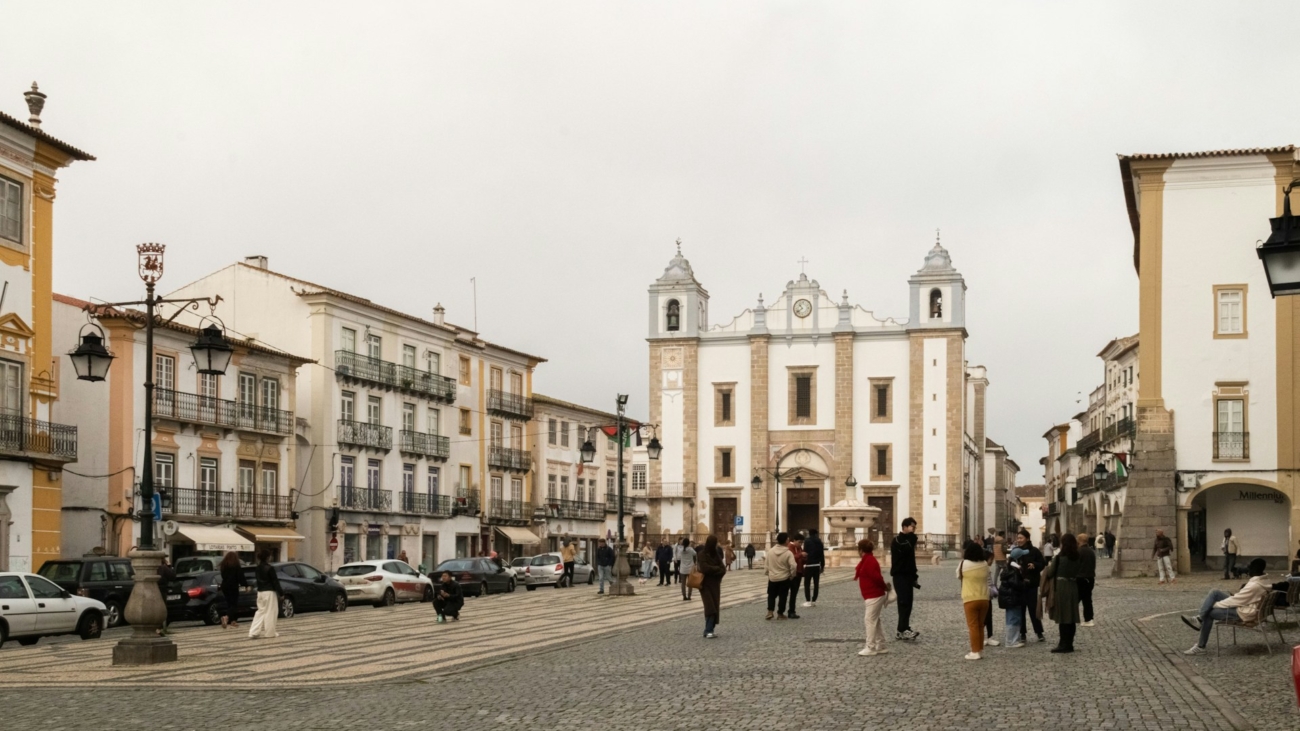As urban populations continue to grow, the need for adaptable and dynamic public spaces becomes increasingly important. Traditional static parks, plazas, and recreational areas often fall short in meeting the diverse and evolving needs of modern urban communities. Enter the concept of “Public Spaces on Demand,” a revolutionary approach where modular and reconfigurable public spaces can adapt in real time to community needs and events. This article delves into the technological, economic, and social aspects of creating and managing such spaces in future smart cities.
Understanding Public Spaces on Demand
Public Spaces on Demand are designed to be highly flexible, utilizing modular components that can be easily reconfigured to serve different purposes. These spaces leverage advanced technologies, including IoT, AI, robotics, and augmented reality, to dynamically transform based on real-time data and community input.
Key Technologies Enabling Modular and Reconfigurable Spaces
- IoT and Sensor Networks:
- Real-Time Data Collection: Sensors embedded in public spaces collect data on foot traffic, environmental conditions, and user activities. This data helps in understanding how the space is being used and what changes might be beneficial.
- Adaptive Infrastructure: IoT-enabled infrastructure can automatically adjust lighting, temperature, and other environmental factors to enhance user comfort and experience.
- Artificial Intelligence:
- Predictive Analytics: AI algorithms analyze data trends to predict community needs and optimize the configuration of public spaces accordingly. For example, AI can predict high foot traffic during certain events and suggest reconfiguration to accommodate larger crowds.
- Automated Management: AI systems can manage the scheduling and maintenance of public spaces, ensuring they are always ready for use and in optimal condition.
- Modular Architecture:
- Interchangeable Components: Modular design allows for components such as seating, stages, and playgrounds to be easily added, removed, or rearranged. This flexibility enables rapid transformation of spaces for different events and activities.
- Sustainable Materials: Use of sustainable and lightweight materials makes it easier to reconfigure spaces with minimal environmental impact.
- Robotics and Automation:
- Autonomous Reconfiguration: Robots can autonomously move and assemble modular components based on AI-driven instructions, reducing the need for manual labor and enabling quick transformations.
- Maintenance and Upkeep: Drones and ground robots can perform routine maintenance tasks such as cleaning, repairs, and inspections, ensuring spaces are always in top condition.
- Augmented Reality (AR):
- Interactive Experiences: AR can enhance public spaces by providing interactive information overlays, guiding users to points of interest, and offering immersive experiences.
- Community Engagement: AR applications allow users to visualize proposed changes to public spaces and provide feedback, fostering a sense of community involvement in urban planning.
Benefits of Public Spaces on Demand
- Enhanced Community Engagement:
- Responsive Design: Spaces that can adapt to the specific needs and preferences of the community foster a sense of ownership and engagement among residents.
- Diverse Activities: By accommodating a wide range of activities, from markets and festivals to sports and relaxation, these spaces serve as vibrant hubs of community life.
- Optimal Utilization of Space:
- Maximized Use: Modular and reconfigurable spaces ensure that urban areas are utilized efficiently, reducing the occurrence of underused or overcrowded spaces.
- Event Readiness: Cities can quickly adapt public spaces for special events, improving logistical efficiency and enhancing the experience for attendees.
- Economic Efficiency:
- Cost Savings: Automated reconfiguration and maintenance reduce operational costs, while modular design minimizes the need for large-scale construction projects.
- Revenue Generation: Versatile spaces can host a variety of events, generating revenue through rentals, permits, and partnerships.
- Sustainability:
- Reduced Environmental Impact: Sustainable materials and efficient space utilization contribute to lower environmental footprints.
- Green Spaces: Modular components can include green features such as urban gardens and green walls, improving air quality and providing ecological benefits.
Implementation Strategies for Smart Cities
- Pilot Projects:
- Small-Scale Trials: Start with pilot projects in select areas to test and refine the technology and design of modular public spaces. These trials provide valuable insights and help build community support.
- Public-Private Partnerships:
- Collaborative Efforts: Partner with private companies, technology providers, and community organizations to fund, develop, and manage public spaces on demand. These partnerships can leverage diverse expertise and resources.
- Community Involvement:
- Engagement Platforms: Use digital platforms and AR applications to involve the community in the planning and design process. Regular feedback loops ensure that the spaces meet evolving needs and preferences.
- Regulatory Framework:
- Supportive Policies: Develop policies and regulations that support the deployment and management of modular and reconfigurable public spaces. This includes zoning laws, safety standards, and funding mechanisms.
- Continuous Improvement:
- Iterative Development: Adopt an iterative approach to continuously improve the design and functionality of public spaces based on user feedback and technological advancements.
Future Prospects
As technology continues to advance, the concept of Public Spaces on Demand will become increasingly feasible and impactful. Future developments may include:
- Advanced AI Capabilities: More sophisticated AI systems that can anticipate community needs with greater accuracy and manage spaces more efficiently.
- Enhanced Modular Designs: Innovations in modular architecture that offer even greater flexibility and ease of reconfiguration.
- Increased Sustainability: Further integration of green technologies and sustainable practices in the design and management of public spaces.
Conclusion
Public Spaces on Demand represent a forward-thinking approach to urban planning and community engagement. By leveraging modular design, IoT, AI, robotics, and AR, future smart cities can create dynamic public spaces that adapt in real time to meet the diverse and evolving needs of their residents. This not only enhances the quality of urban life but also promotes economic efficiency and sustainability. As we look to the future, the implementation of Public Spaces on Demand will be a key component in building resilient, vibrant, and inclusive smart cities.

